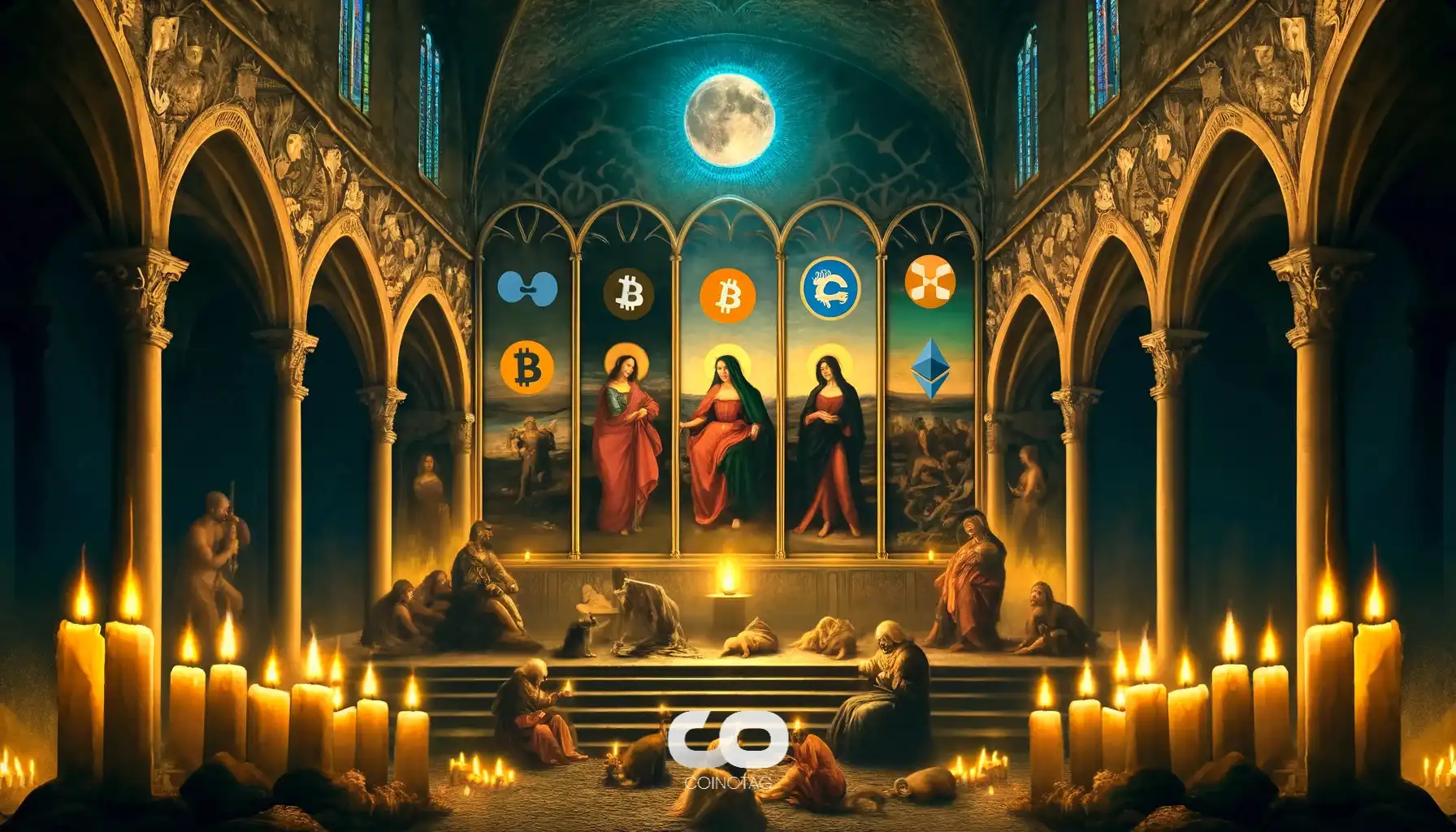Ripple CTO David Schwartz Explains Fungibility of USD Tokens on XRP Ledger
- Can the XRP Ledger (XRPL) support multiple tokens with identical names? Ripple CTO David Schwartz recently tackled this intriguing question.
- Schwartz’s insights delve into the original design principles of the XRPL, particularly its approach to handling USD-denominated tokens.
- The explanation underscores the concept of token fungibility within the XRPL, ensuring smooth transactions across the ecosystem.
An in-depth analysis of XRPL’s design reveals how it manages token naming and fungibility to streamline USD-denominated transactions.
Initial Design Intent for XRP Ledger: A Focus on Fungibility
In recent discussions, David Schwartz, Chief Technology Officer of Ripple, provided clarity on an essential design feature of the XRP Ledger (XRPL): the treatment of tokens bearing the same name. His insights have shed light on the XRPL’s initial architectural decisions, emphasizing the system’s capacity to manage USD-denominated tokens as fungible entities effectively.
The Role of Common Identifiers in Ensuring Token Fungibility
Schwartz noted that the XRPL was deliberately designed to treat all USD tokens as uniformly fungible by assigning them a common identifier “USD.” This approach simplifies transactions, ensuring that all USD-denominated tokens are interchangeable. Such fungibility is crucial for the seamless execution of payments and settlements across the network, offering both payers and payees the flexibility to regard all supported USD tokens as equivalent.
Beyond XRP: XRPL’s Support for Diverse Token Types
XRPL’s capabilities extend beyond merely dealing with XRP. The ledger supports a range of other assets, including fungible standard tokens and non-fungible tokens (NFTs). While fungible tokens allow for interchangeable units, NFTs represent unique items, from digital artworks to in-game assets. Additionally, stablecoins, another critical token type on XRPL, are backed by real-world value held outside the ledger, providing stable value representation on the XRPL.
The Evolutionary Journey of the XRP Ledger
The XRPL’s journey began in 2011, spearheaded by David Schwartz, Jed McCaleb, and Arthur Britto. Inspired by the foundational work of Bitcoin, the trio aimed to create an enhanced version of the digital asset, specifically optimized for payment transactions. Their shared vision culminated in a more sustainable, efficient, and adaptable ledger system, laying the groundwork for the robust and versatile infrastructure we see today.
Conclusion
David Schwartz’s recent elucidations on the XRPL’s token handling mechanisms underscore its sophisticated design aimed at ensuring fungibility and versatility. By standardizing token identifiers for USD-denominated entities, the XRPL promotes smoother, more reliable transactions. As the landscape of digital assets continues to evolve, these foundational principles of the XRPL highlight its enduring commitment to enhancing payment efficiencies and fostering innovation within the crypto ecosystem.






